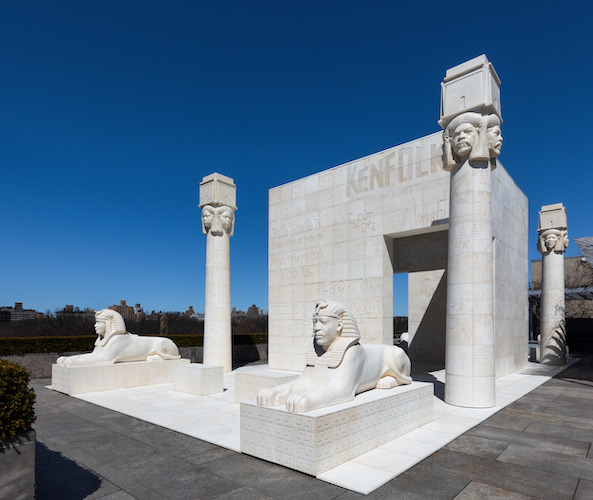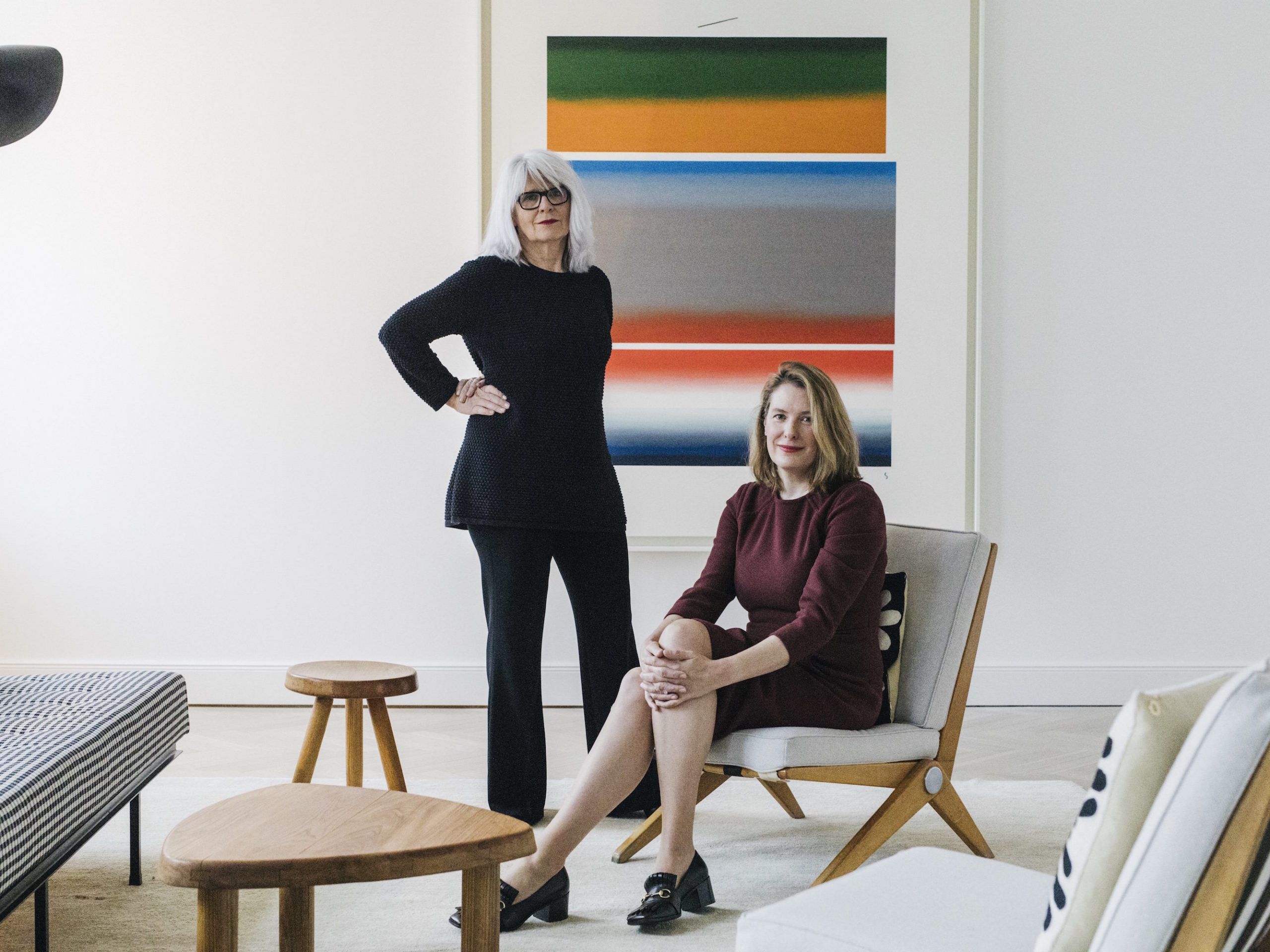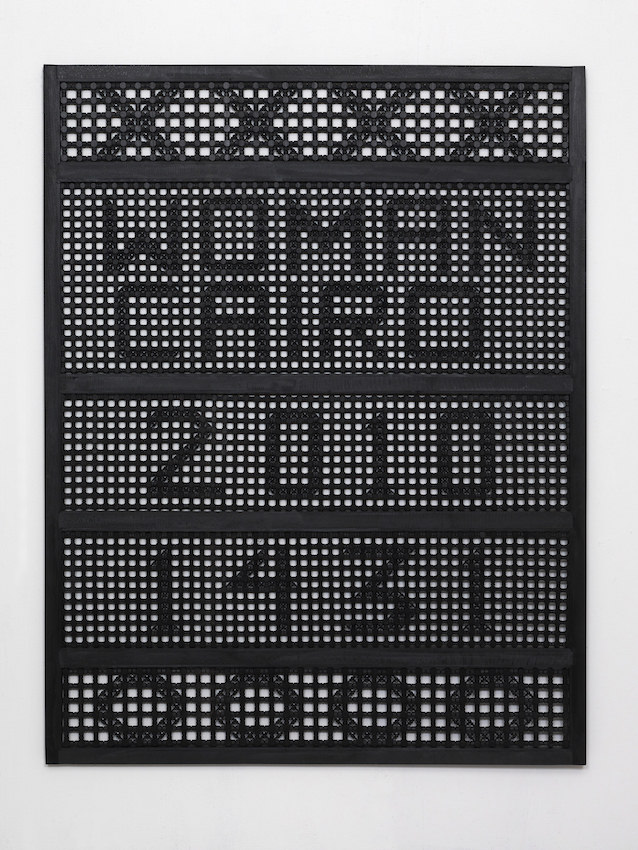On a recent visit to 101 Spring Street we were surprised to learn that authentic Donald Judd furniture is still being made and can be purchased through Judd Foundation. For a collector who is interested in Judd but who can’t afford a pre-1994 piece, this is a great option. We caught up with Co-President of the Judd Foundation, Rainer Judd, about her father’s furniture making.
WHITEWALL: How would you describe the importance of furniture making in your father’s practice?
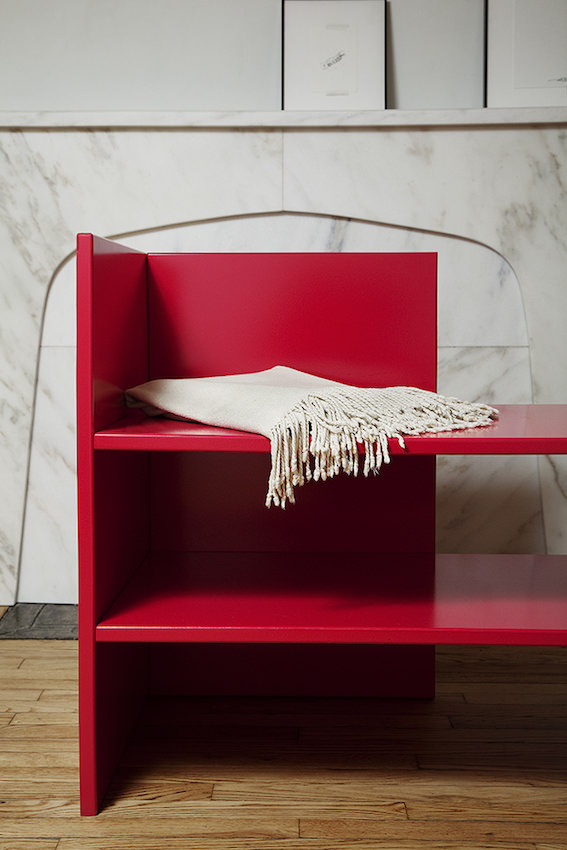
Photo by Steve Benisty
RAINER JUDD: The first piece he made was the platform bed on the fifth floor [of 101 Spring Street], which you can see in a picture that Don took that we’ve widely distributed as a Judd Foundation poster. The bed sits an inch off the floor. Even though his grandfather and father were carpenters and he had carpenter blood in him, for some reason Don wasn’t a very good carpenter. He was not an incredibly mechanical guy.
He was thinking and writing a lot about art and architecture while he was becoming an artist. When he went to be a soldier in Korea he was actually an engineer, and he debated a lot about being an architect or an artist. The reason he didn’t become an architect was because he really couldn’t conceive of talking to people and doing what they wanted – having clients. So being an artist seemed like a better way to go. It took him a really long time to find the art he wanted to make.
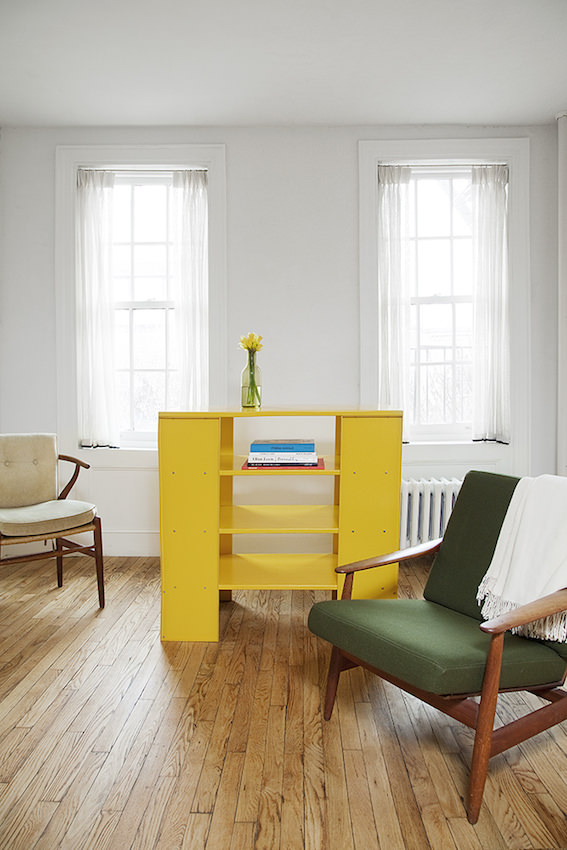
Photo by Steve Benisty
What’s amazing to me is that it wasn’t until he’s in his 40s that [he made] the first bed. At this point, he’s got a PhD in proportion, in scale, in color. So he’s making furniture with incredible awareness of human scale and proportions. I think that’s what a lot of people don’t understand about the furniture when they see it. People are sensitive to the way it sits in the space. It’s probably speaking to a primal relationship that they have with scale and proportions. Don talked a lot about scale and about how civilization hasn’t even really started the conversation about scale. He already knew that by the time he started making furniture.
WW: The metal furniture is produced by the same company in Switzerland, Lehni AG. How did the relationship with that factory begin, and why was that important to maintain?
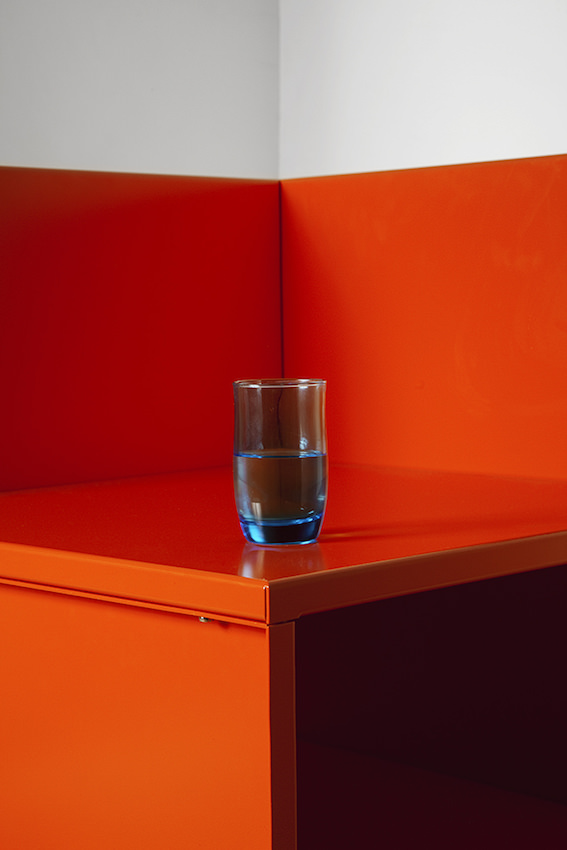
Photo by Steve Benisty
RJ: Well, as far as we’re concerned it’s really important. One of the great art dealer relationships that my dad had since the early seventies is a gallery in Zurich called Annemarie Verna Galerie, and one of their dear friends was a woman named Doris Quarella. Her deceased husband had created Lehni AG. The metal furniture developed after Don had been making art there. He was really interested and really good at working with craftsmen. I think some of that came out of his heritage of farmers and carpenters.
WW: In the metal furniture, there are a variety of finishes and color options. Is there any certain significance in the color choices?
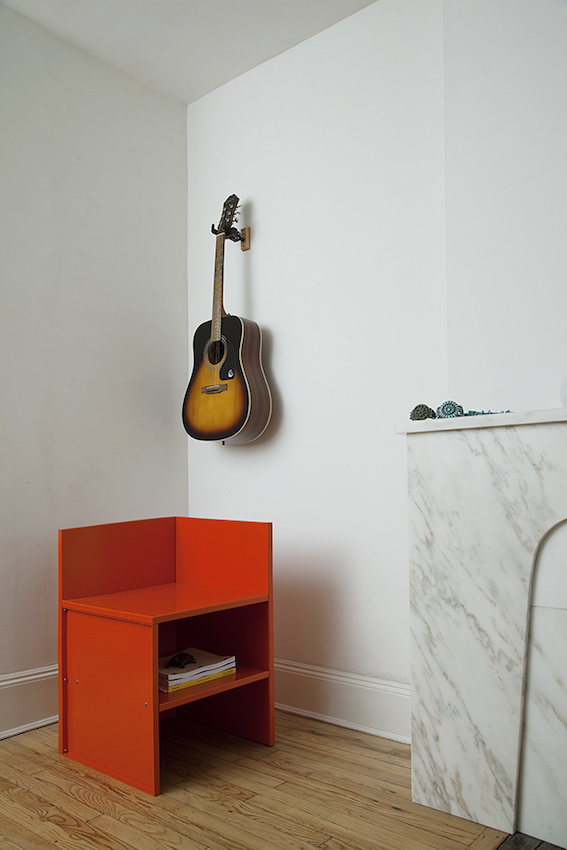
Photo by Steve Benisty
RJ: There’s no code to break, as far as I know. They all are colors from the RAL book, which is the European color RAL color chart. He got so familiar with that RAL chart that he could name them off the top of his head and come up with a piece. However, we only make metal furniture in the 21 colors and three materials that Don chose.
WW: It’s great to see the casual use of the furniture at 101 Spring Street, and it seems the pieces are made with that intent, to be used, to be durable, to be integrated into one’s life . . .
RJ: Don was, for the most part, a Levi’s guy. He was always sitting in his Levi’s with their metal little rivets on the chairs and it was not a problem. The only directive I remember as a kid was I wasn’t allowed to put my backpack on tables because he knew that I hung out in the street all the time and basically it was like putting the gutter on the table. We’re actually excited when we see beat-up pieces; they’re really beautiful. We didn’t use coasters. He was a collector of Swedish furniture, and if you’ve ever shopped for Swedish or Danish antique furniture, it has rings on it and markings. We have this wonderful wood conservator who helped us throughout the Spring Street project and has an eloquent way of talking about the history of marks on furniture. So we are in support of that thinking and feel strongly that the way the furniture wears down is part of the beauty of having it in your life.
WW: I did want to ask if you have any metal or wood pieces in your home in Hudson? If there are any pieces that you connect to personally aside from the ones you grew up with?
RJ: Yes. I have a roughly made library bed. It’s a full-sized futon, and it’s not as tall as the single daybed that’s on the second floor of Spring Street, for example. It’s the same general idea except that it is two boards lower on all sides. And that piece is just a hit, not only with me, but with my friends. I have a projector set up so when I watch movies I watch it from there. I’m really into that piece.
WW: And for someone interested in owning a piece of Judd furniture, what’s a good starting point? Any particular color you’d lean toward?
RJ: What I’m craving right now is the yellow metal bookshelf. If I were getting two, I would get one in blue as well, and a library bed. And then the corner chair—I’m particularly fond of the metal corner chair. I would like it in three colors: yellow, Turkish blue or cobalt blue, and the raspberry red.
Judd Furniture may be ordered juddfurniture.com
This article is published in Whitewall‘s summer 2016 Design Issue.





